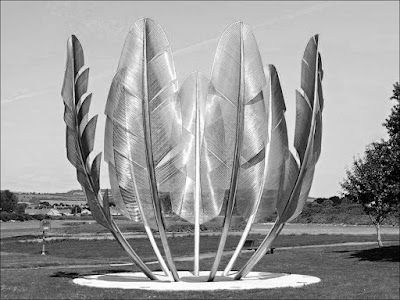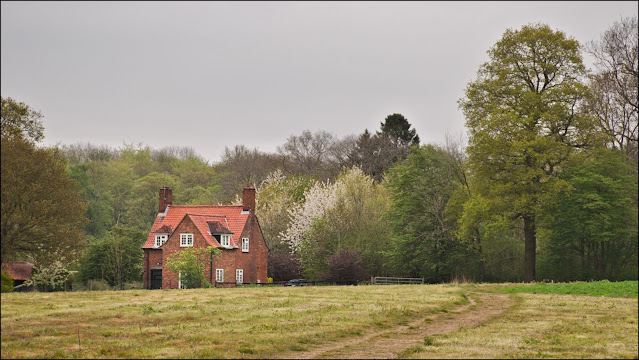After a long and very wet, muddy winter spring is at last making an occasional appearance. Just odd and well-scattered days, but very welcome interludes.
Also much appreciated are the friendly, encouraging words that appeared in the comments of the last post. As you may have guessed I've not been feeling too great so far this year and have recently had a spell in hospital to try and sort things out.
*******
When not investigating the local countryside I'm often to be found prowling YouTube and Spotify for music that catches my ear. Recently I encountered the work of Jerron Paxton, or "Blind Boy" Paxton as he sometimes styles himself, in the manner of 1930s blues singers. But he explores a much wider range of music than that, even embracing the songs of black minstrels - that is music they sang for white audiences - dangerous ground in such sensitive times as these. But as he explains in the intro to another song:
"We are dealing with history
History's tough - so we deals with it
Getting over it is tough, but it's necessary
Making up for it is tough, but it's necessary"
Listen as he weaves his web of history, humanity and humour in the introduction to the song. I'm sure you'll be as spellbound as those sitting behind him.
I wondered about the amount of money sent by the Choctaw nation to Ireland and discovered that, though widely different sums are quoted, the total was probably about $5,000 (at modern values). Even so I'm sure it was much appreciated as a symbol of solidarity. There's even a modern sculpture in County Cork in remembrance of the event





















































